The Basilica in St-Maximin

The small town of St- Maximin in Var not far from the A8 motorway has become a popular stop for lunch for travellers touring Provençe. But St- Maximin has been visited by pilgrims for centuries because of the Mary Magdalene legend. Every 22nd July, hundreds of pilgrims gather to the small town to follow the relics of Mary Magdalene (only the scull and tibia are said to rest) being carried along the narrow streets.
According to the Provençal mythology Mary Magdalene arrived by sea below the summits of of Sainte- Baume massif and lived in a cave for several years. When she felt that death was imminent, she descended from the mountains, received the last blessing from Saint Maximin and died.
In 1279, the count of Provençe claimed to have found the crypt with the relics of Mary Magdalene hidden by local people. He then started the construction of a basilica and monastery at the site. The basilica’s present Gothic shape was completed in the fifteenth century, but its decoration continued long after.
We visited the basilica in mid-February in connection with a hiking trip to the Sainte-Baume Massif. For more atmosphere, we stayed in Hotel Le Couvent Royal which is next to the basilica and used to be a monastery. It is built around a cloister and its excellent restaurant and breakfast room are in Gothic style.
The basilica is certainly worth a visit. The overall Gothic style is impressive. The crypt, where the relics of Mary Magdalene are kept, is under the basilica’s floor. The basilica was open daily from 7.30 am to 7.30 pm during our visit.








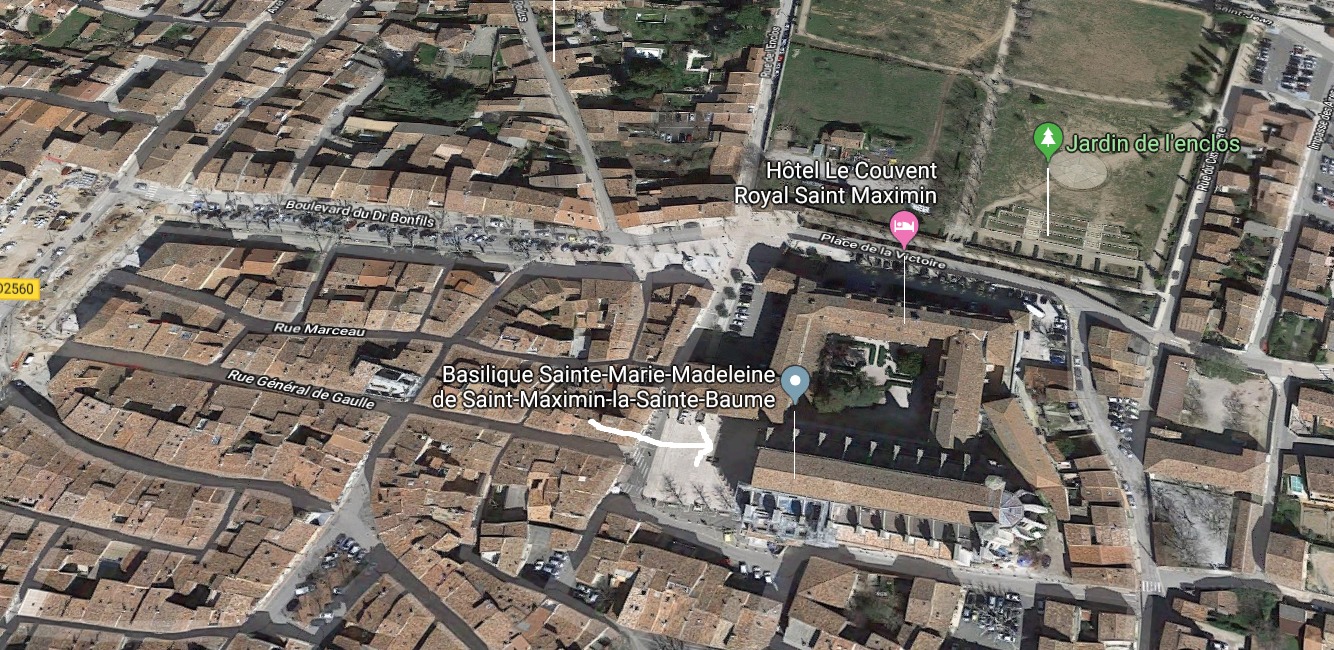










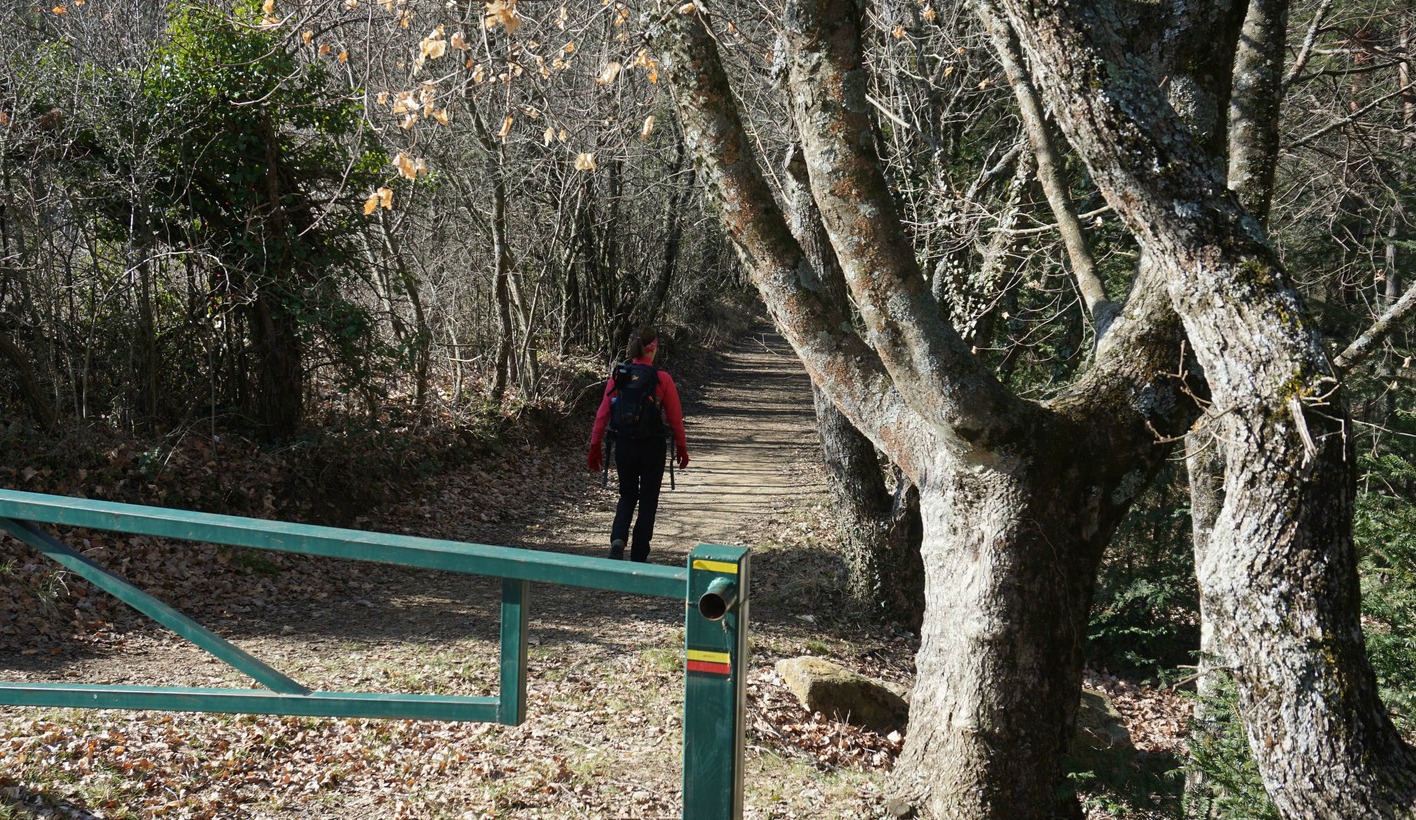
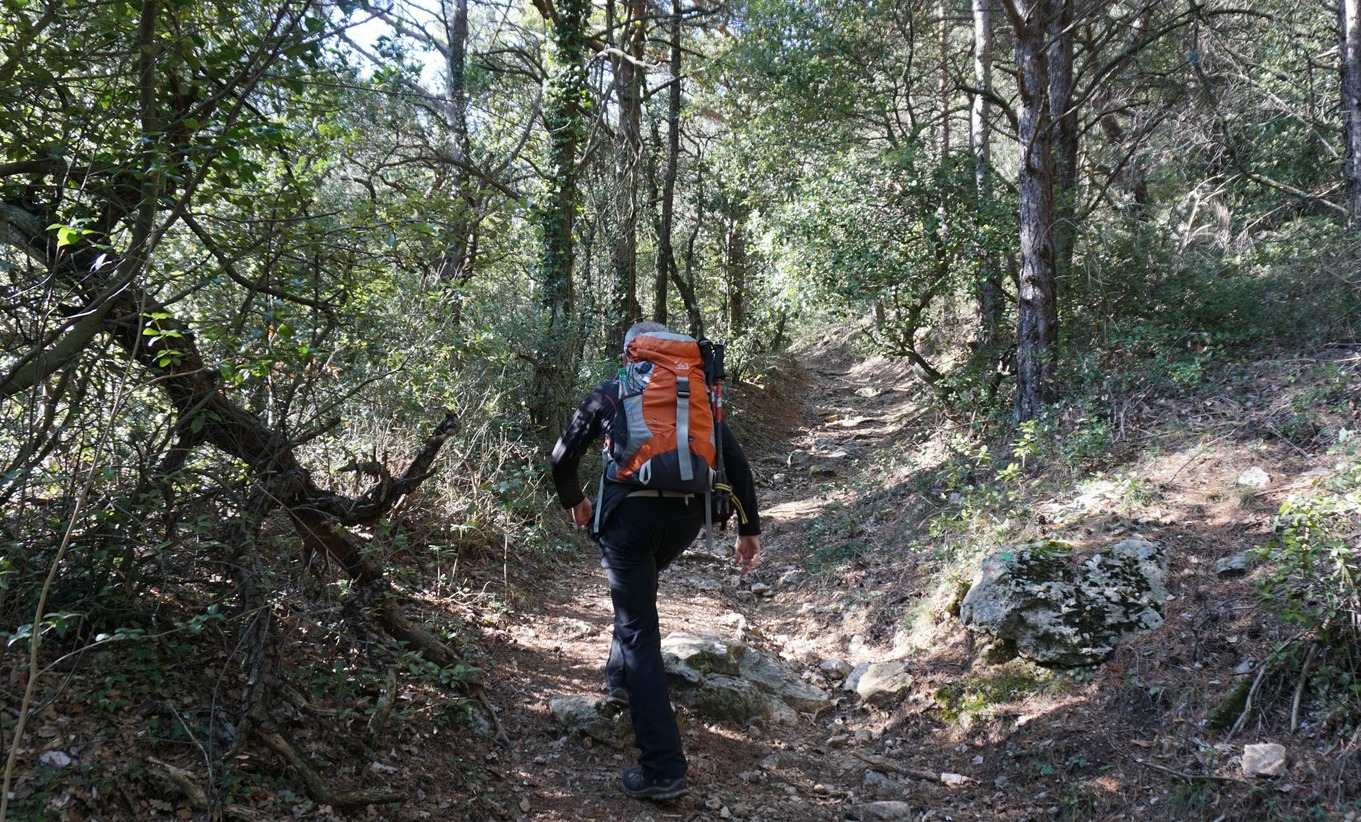

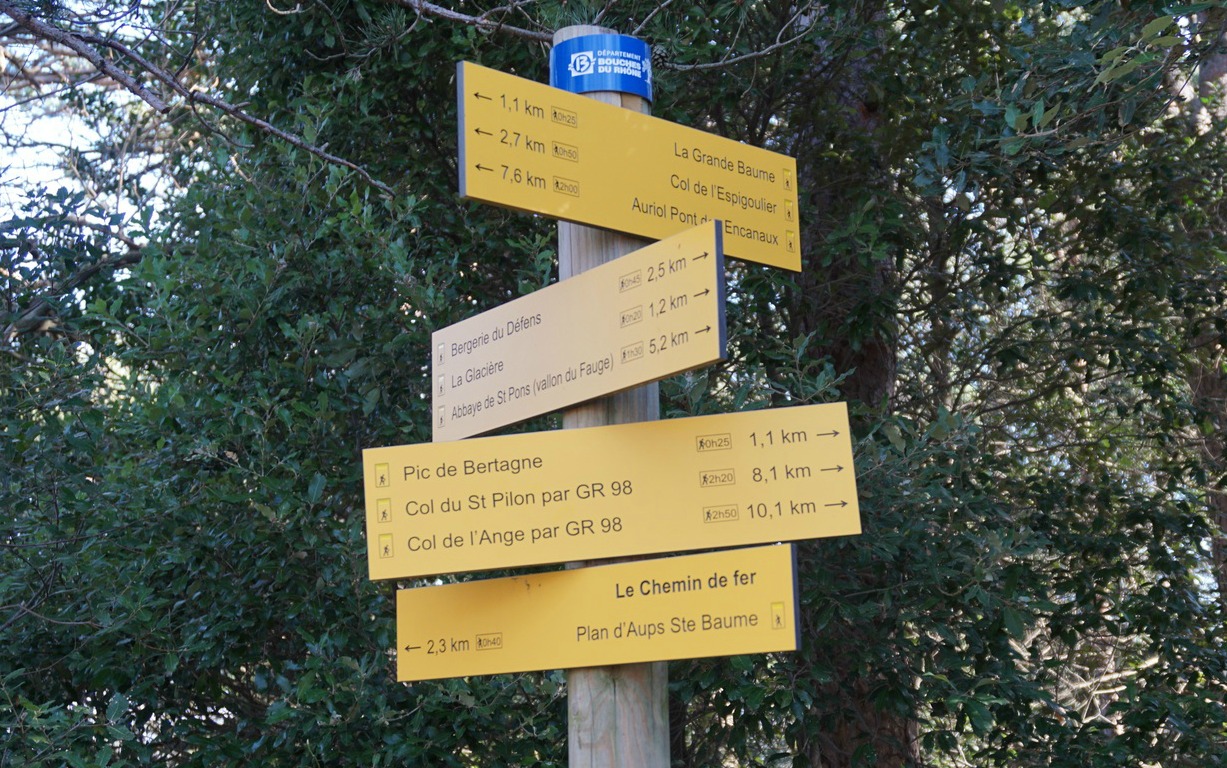
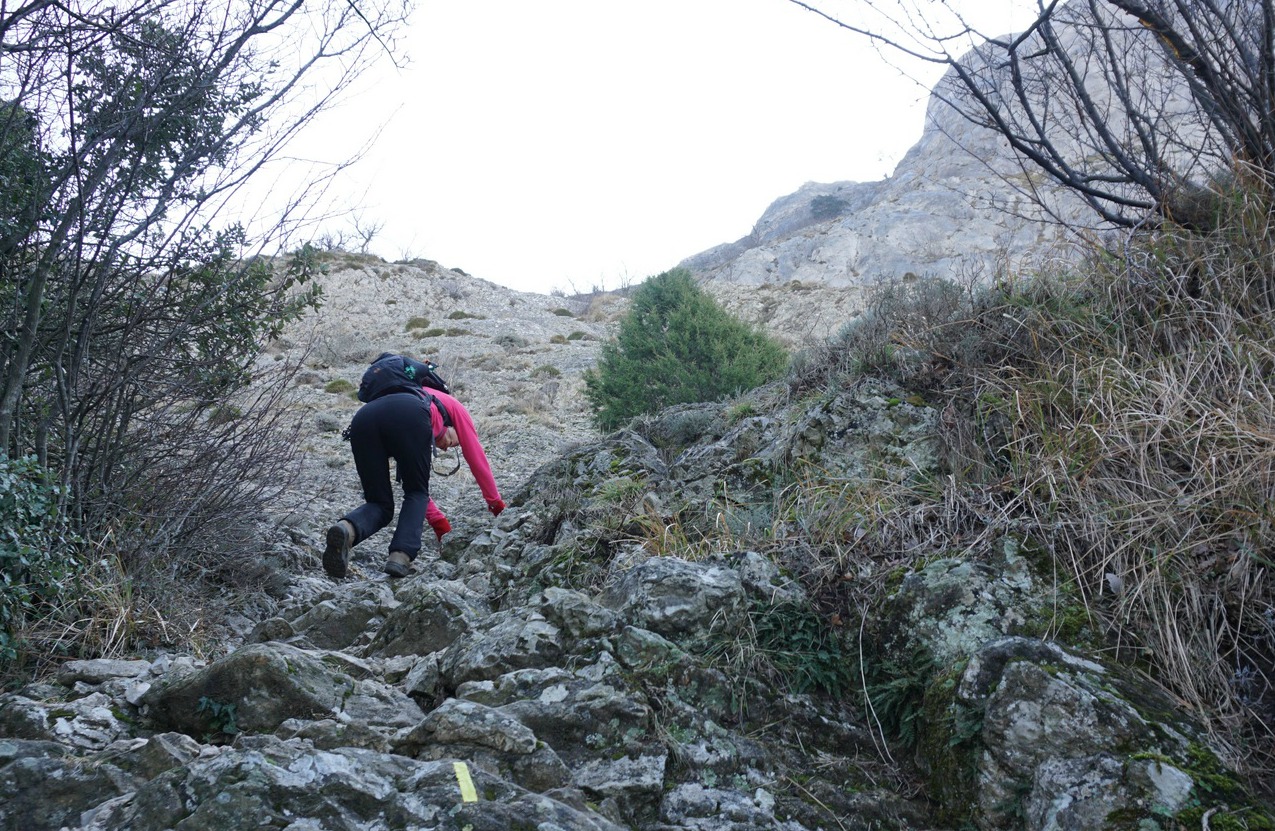











0 comments:
Note: only a member of this blog may post a comment.